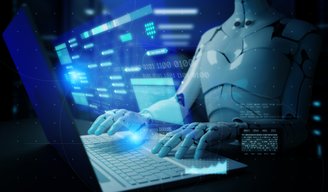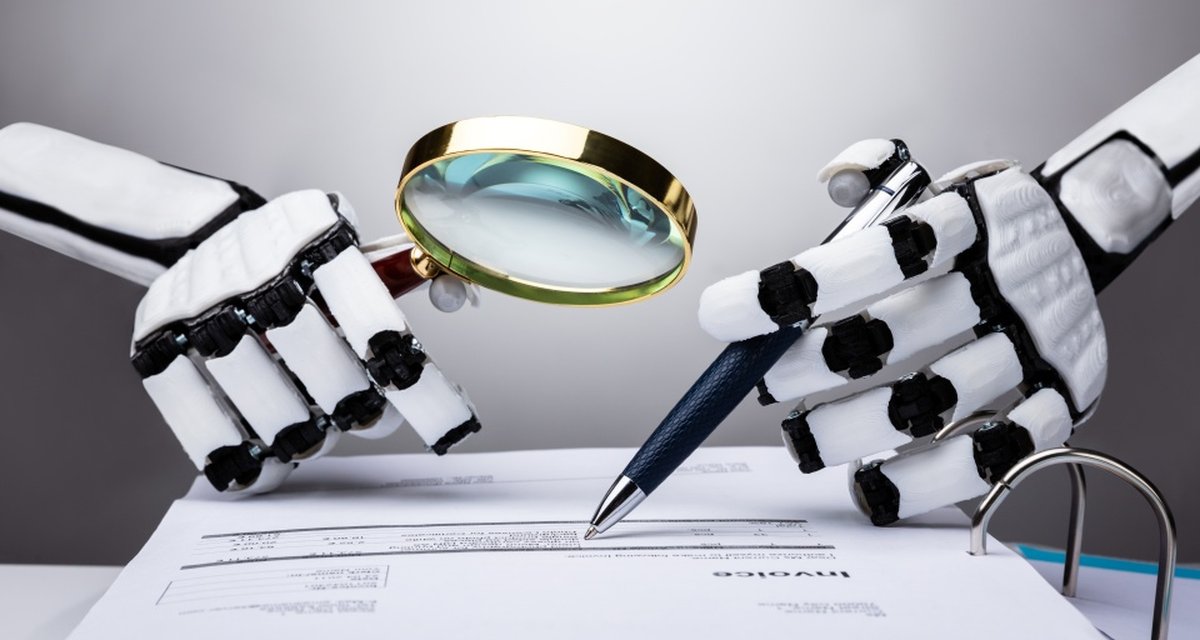Article by Marcelo Araújo.
The technological advances observed in the last two years show that Artificial Intelligence is not the future, but the present. It is everywhere.
A study commissioned by Microsoft for Edelman Comunicação provided an overview of how small and medium-sized companies are experiencing digital transformations and how AI is playing a role in their businesses. According to the survey, 74% of the executives interviewed stated that they always or often use AI, while 90% are currently trying to adopt the technology.
When the comparison is made between “digital native” and “non-digital native” companies, the progress in AI adoption is even greater: 84% of digital natives said they already use the technology; 78% of leaders of digital native companies said they are prioritizing AI, compared to 53% of non-digital native companies.
Smart OCR solutions
AI brings together a variety of technologies that attempt to simulate the human ability to think, interpret, and make decisions. They can also “learn for themselves” from learning systems that analyze large volumes of data. OCR solutions are becoming increasingly intelligent in this way.
Data recognition and extraction tools, also known as OCR (Optical Character Recognition), have benefited significantly from the application of artificial intelligence. Although these solutions have been available on the market for several years, they have undergone a deep evolution, becoming a great ally for organizations of all sizes.
One of the main advantages is automation with automatic and efficient document recognition. In the Human Resources field, where its adoption is very widespread, it is possible to recognize physical documents such as IDs, CPFs, CNHs, proof of address and others, optimizing the reading and extraction of the information necessary for the onboarding and dismissal processes.

In addition to the digitalization of data collection, the integration of intelligent data extraction strengthens process security with 90% accuracy; reducing document verification time from 5 minutes to 1.5 minutes.
The importance of saving time
As we mentioned, one of the main benefits of using AI for image-to-text conversion is time saving. It’s worth remembering that manually transcribing text from images can be a tedious and time-consuming task, whereas AI-powered converters can do it quickly, allowing employees to perform more strategic tasks, thus increasing productivity.
It’s no surprise that AI is widely used in document identification and data extraction. Intelligent image converters are much less likely to make errors compared to manual transcription, resulting in more accurate and reliable extracted text.

When it comes to people with visual impairments or those who need to access information from images, we can see AI as a game-changer: the tool can convert extracted text into speech.
AI-powered image-to-text conversion simplifies, saves time, increases accuracy, and increases accessibility. Anyone can convert images into editable text in simple steps. We are moving towards a future full of surprises, but one thing is for sure, it will be much more agile and productive.
****
Marcelo Araújo is Commercial Director at Ebox Digital. He has more than 35 years of experience in the commercial field focused on the sale of technology products and services, an executive working with medium and large clients, with emphasis on experience in software companies, BPO, electronic document management, ECM and BPM.
Source: Tec Mundo
I am a passionate and hardworking journalist with an eye for detail. I specialize in the field of news reporting, and have been writing for Gadget Onus, a renowned online news site, since 2019. As the author of their Hot News section, I’m proud to be at the forefront of today’s headlines and current affairs.











